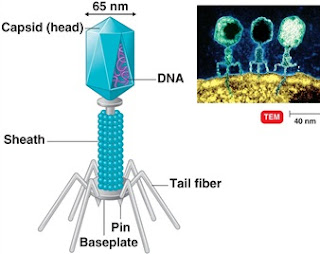WE WILL RUN OUT OF BREATHABLE OXIGEN??????
According to the data Keeling has meticulously collected since 1989 the world is running out of breathable air and the rate that it's losing oxygen is now on the verge of accelerating.
Monitoring oxygen levels around the world is Keeling's job. And the data confirms that Earth's oxygen supply is decreasing. Keeling created the famous 'Keeling Curve,' a graph that extrapolates the current trend of the oxygen depletion in the atmosphere .
Less oxygen equals less life
A long time ago, the Earth was very rich in oxygen. The air contained such an abundance of the element - close to one-third of the atmosphere was oxygen - that animals and insects grew to gargantuan sizes. For instance, the ancestors of dragonflies once had four foot wingspans.
But now, due to overpopulation by humans, animals - even insect colonies - and deforestation, the oxygen in the air is become a limited resource.
Concerned scientists watching potential eruptions of super volcanoes - like the ones at Yellowstone or the Canary Islands - have already calculated the oxygen levels that would be displaced in our atmosphere should any of them erupt.
And the calculations' sums are enough to cause those in the know chronically sleepless nights.
As heliophysicists have been pointing out, much of the global climate change has been driven by significant changes in the sun. A decade ago many astronomers took notice of the sun acting in ways never quite seen in history.
Now the sun is expected to reach solar maximum during the next several years
However, most connections between solar activity and volcanic eruptions produce: massive solar activity can lead to massive volcanic eruptions releasing trillions of cubic feet of methane, sulfur, CO2 and other gases that tend to displace free oxygen in the atmosphere. It means less oxygen equals less life..
Warning signs mounting
Warning sign one: oceanic dead zones
The first sign of oxygen depletion occurs in the oceans. Dead zones - regions where oxygen has been depleted and life can no longer exist - were first documented in the late 1970s. As time progressed, researchers discovered the dead zones were growing in size and number. New dead zones were discovered and life in those areas either moved or died. The dead zones continue to expand and the areas of oxygen depletion are accelerating.
Warning sign two: forest charcoal
Forest fires provide a constant depletion of Earth's oxygen. Fires in an oxygen rich environment leave little or no carbon residue. The less oxygen available for combustion, the more charcoal remains as fire is unable to consume all the combustible material.
Warning sign three: methane and rapid Earth atmospheric change
Experts such as Northwestern University's Gregory Ryskin (creator of the methane mass extinction hypothesis) have painted a performance that could account for mass extinctions from terrestrial oxygen depletion.
Atmospheric oxygen: from 30 to 20 to 5 percent?
Robert Berner of Yale University thinks oxygen levels are rapidly going down, after the coal deposits are slowly rising to present day levels. His model tracks the oxygen level as 30 percent 300 million years ago. That plummeted to levels that we have today - about 19 to 21 percent depending on elevation.
One unknown cause could be the collapse of Earth's magnetic field and the sun's hard radiation bombarding the unprotected planet for thousands of years. As the plants died off and massive amounts of carbon were released into the atmosphere, the oxygen levels took a nosedive.
Crack of Doomsday could steal your breath away
As the oxygen depletes to levels unable to sustain Earth's higher life forms, some experts offer comfort by assuring that the end would come quickly. Asphyxia is not a pleasant death after all, and the image of billions gasping for one more breath - like flopping fish out of water - is a distinctly disturbing one.
https://youtu.be/ipe6CMvW0Dg









